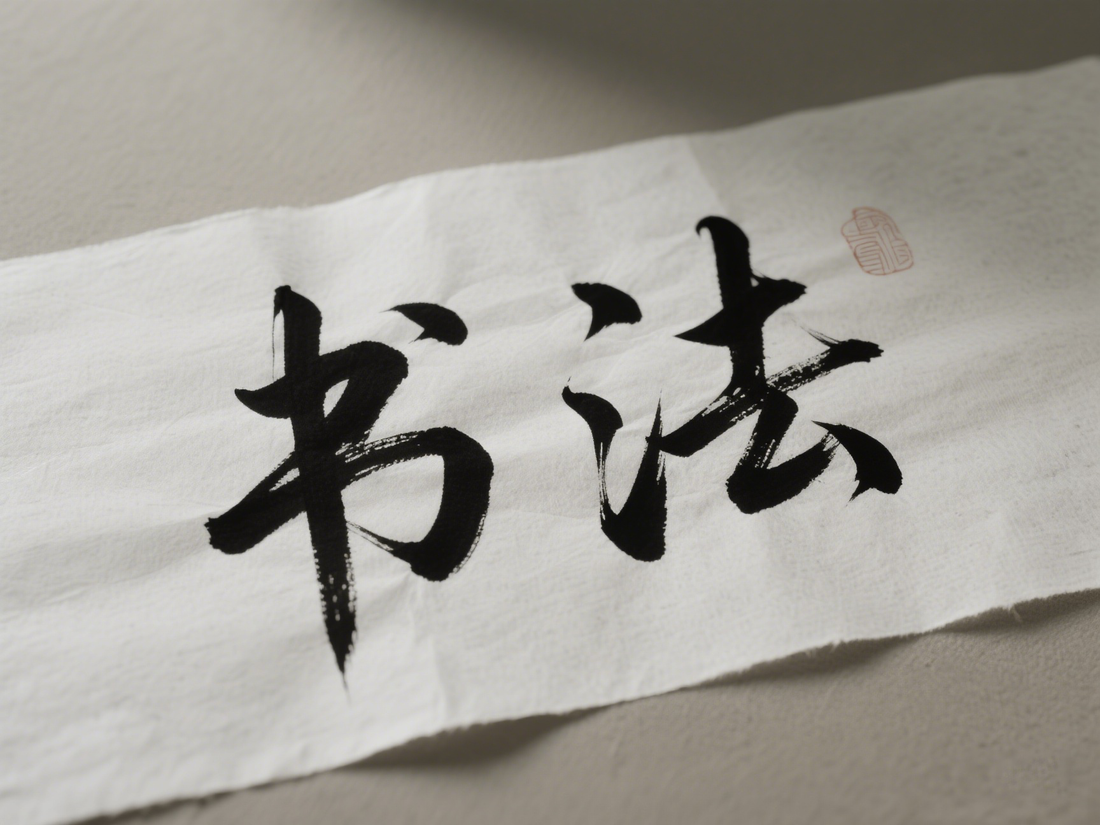
Calligraphy application guide for different types of rice paper
Share
1. Classification by processing method
-
Xuan paper
- Features : Not treated with alum water, strong water absorption and ink penetration, rich ink color levels.
-
Applicable calligraphy :
- Running Script/Cursive Script : Use its fast ink absorption characteristics to express the smoothness of the brushstrokes, such as Huaisu's "Self-narration" style of cursive script;
- Large-character seal and clerical scripts : The ink rhythm spreads naturally, intensifying the vigorous feel of the lines, and is suitable for the clerical script style of "Shimen Song".
-
Cooked rice paper
- Features : Processed with glue and alum, the surface is smooth, water-resistant, and the ink color is stable and does not smudge.
-
Applicable calligraphy :
- Small regular script/fly-head regular script : such as Zhong Yao's "Announcement" and Wen Zhengming's small regular script, which require precise control of stroke thickness;
- Fine-brush calligraphy : Suitable for decorative stone and metal carving inscriptions 4 8 .
-
Half-cooked Xuan
- Features : Between raw and cooked, the ink color is highly controllable, and it has both smooth ink and expressive brush strokes.
-
Applicable calligraphy :
- Xingkai/Weibei : such as Zhao Mengfu Xingkai and Northern Wei tombstones, balancing the rigorous structure and the changes in ink rhyme;
- Advanced Lishu creation : Avoid excessive smudging of the rice paper and retain the characteristics of the silkworm head and swallow tail
2. Classification by raw material ratio
| type | Raw material characteristics | Applicable calligraphy |
| Cotton | The content of Pteris chinensis bark is ≤30%, the texture is soft and the ink is absorbed quickly | Beginners' small regular script practice, Ming and Qing Dynasty letter style running script |
| Pure Skin Xuan | 40-50% of Pteris chinensis bark, with balanced toughness and ink absorption | Calligraphy styles that require the strength of strokes, such as Yan style regular script and Han Li script |
| Tepixuan | Pteris chinensis bark ≥ 60%, with long fibers and distinct layers of ink | Huang Tingjian-style cursive script, Wu Changshuo's stone drum inscriptions and other works with strong freehand style |
3. Special demand scenarios
-
Copying inscriptions and calligraphy
- Use semi-cooked or cooked rice paper with nine-grid paper to accurately reproduce the structure of Tang Dynasty calligraphy such as "Jiucheng Palace Liquan Inscription";
- When copying fine Han official scripts such as the "Li Qi Bei", it is preferred to choose pure and smooth rice paper to control the clarity of the stroke edges.
-
Large Character Creation
- Large-scale works over six feet in size must use special-skin rice paper to ensure the depth of ink penetration and the tensile strength of the paper;
- It is recommended to use long-fiber clean leather paper when writing banner calligraphy to avoid damage to the paper surface due to slow writing.
-
Ink experiment
- The technique of light ink and dry brush is suitable for special rice paper , and the change of wet and dry ink color can produce flying white effect;
- When creating works that involve accumulation of old ink, you need to choose rice paper with a high sandalwood content (such as Red Star Special Clean) to prevent the ink stains from becoming hardened.
4. Taboos and precautions for matching
- Avoid using pure raw rice paper for regular script : absorbing ink too quickly will easily lead to empty strokes. Beginners can choose semi-raw rice paper for transition;
- Be careful when using rice paper for cursive script : the alum layer will hinder the continuity of the brush strokes and may cause the brush to slip.
- Choice of paper for seal script : antique rough-edged paper is suitable for oracle bone script , while pure rice paper is suitable for bronze inscriptions and large seal script to enhance the sense of thickness.
Summarize
The selection of Xuan paper needs to comprehensively consider the characteristics of the calligraphy style, the ink method requirements and the scale of creation :
- Xuan paper focuses on freehand and speed-based calligraphy styles (such as cursive script and splashed-ink seal script);
- Xuan paper can be used for fine writing (such as small regular script and meticulous inscriptions);
- As a universal carrier, semi-raw and cooked rice paper balances control and artistic expression.
In practical applications, the matching degree can be further verified by using test paper (testing the diffusion of ink at the intersection of strokes).
